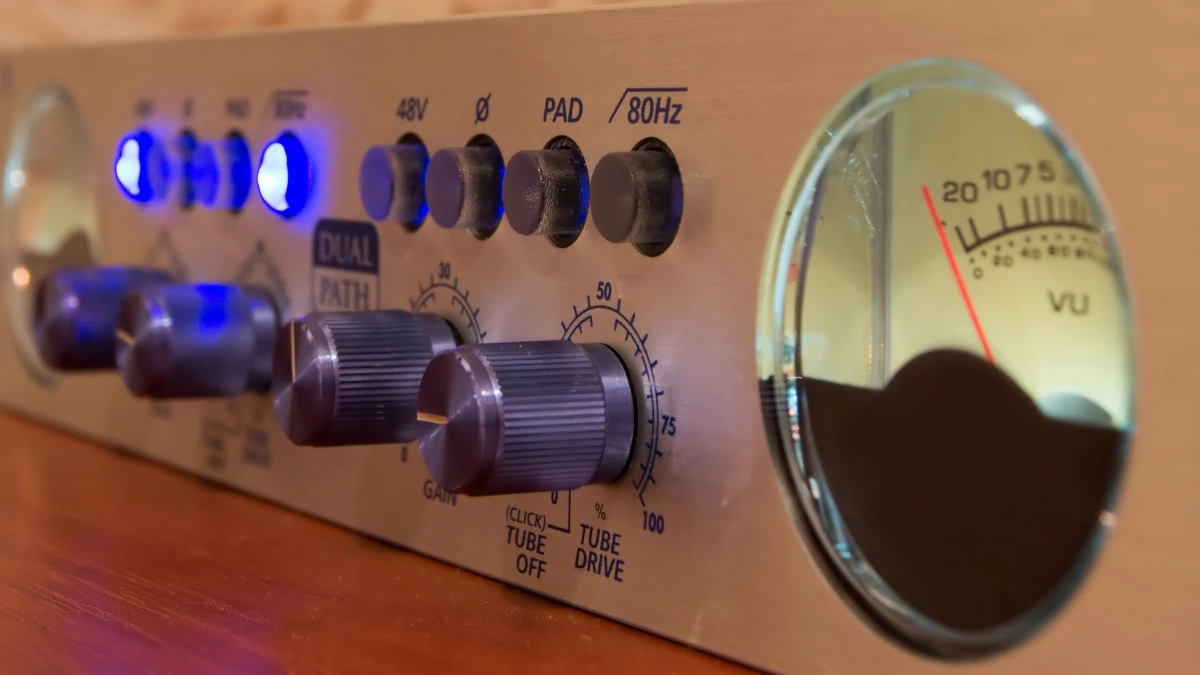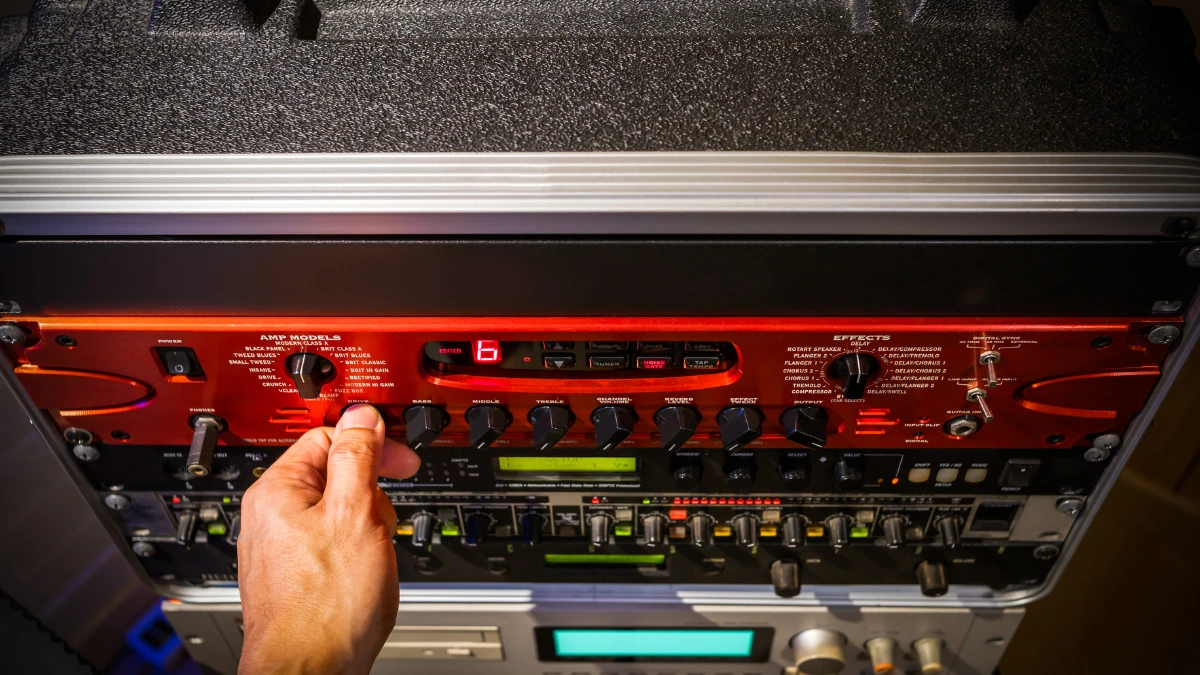The presence of an amplifier provides the ability to amplify the input signal and audio. One type of amplifier is a pre-amplifier, which offers several key functions and advantages.
The functions of a pre-amplifier include signal amplification, signal preparation, sound control, and noise reduction, while the advantages include improving sound quality, flexibility in control, no negative interaction between components, and improving system performance.
This article will give you information on pre-amplifiers, including their functions, application examples, and the advantages they have.
What is a Pre-Amplifier

A pre-amplifier, or commonly called a preamp, is a device that amplifies low-level input signals, such as those from microphones or turntables, before sending them to a power amplifier.
This device often comes with features such as volume, bass, treble, and balance controls to optimize sound quality. Pre-amplifiers are used in audio recording, home audio systems, and Public Address (PA) systems.
The Functions of a Pre-Amplifier
The pre-amplifier has several functions, including signal amplification, signal preparation, sound control, and noise reduction. Here are the functions in detail:
- Signal amplification: Weak audio input signals are picked up and amplified to a higher level.
- Signal preparation: Helps prepare signals for further processing by power amplifiers and other audio devices.
- Sound control: Provides controls for adjusting sound characteristics before sending them to the power amplifier.
- Noise reduction: Designed to reduce noise and distortion in audio signals.
The Advantages of a Pre-Amplifier
The pre-amplifier has several advantages, from improving sound quality, flexibility in control, no negative interaction between components, and improving system performance. Here are some of its main advantages in detail:
Improving sound quality

One of the advantages of a preamplifier is that it improves sound quality and overall audio performance. With its functions, a preamp produces better nuances and dynamics from the sound source.
Flexibility in control
Flexibility in control is another advantage of a preamp. You can have full control over gain, phantom power, and signal changes. This allows you to maintain the sound system's output and provide specific sound characteristics.
No negative interaction between components
The preamplifier separates the power amplifier. Because these two amplifier components are separated, there will be no negative interaction. Component performance can also be improved.
Improving system performance
Another advantage of a preamp is its ability to improve system performance. This device, which acts as a hub, manages and processes signals from various sources. This affects volume balance and ensures that signals are processed optimally by the amplifier.
The Application Example of a Pre-Amplifier

With many functions provided by the pre-amplifier, this device is applied in several audio sectors. The following are examples of the application:
- Home audio & home theater systems: Process and distribute audio signals from various sources.
- Recording studios: Amplify and condition signals from microphones and instruments.
- Live sound systems: Amplify signals from microphones and instruments on stage, and help reduce feedback and noise.
- Musical instruments: In musical instruments, preamps are used to shape the tone of the instrument.
- Other audio devices: Found in DJ mixers, sound cards, and equalizer machines to process audio signals.
Conclusion
Those are the definitions, functions, types, and advantages of the pre-amplifier that you need to know.
This type of amplifier is capable of improving sound quality, flexibility in control, and improving system performance.
With this device, you can enjoy signal amplification with sound control and noise reduction.